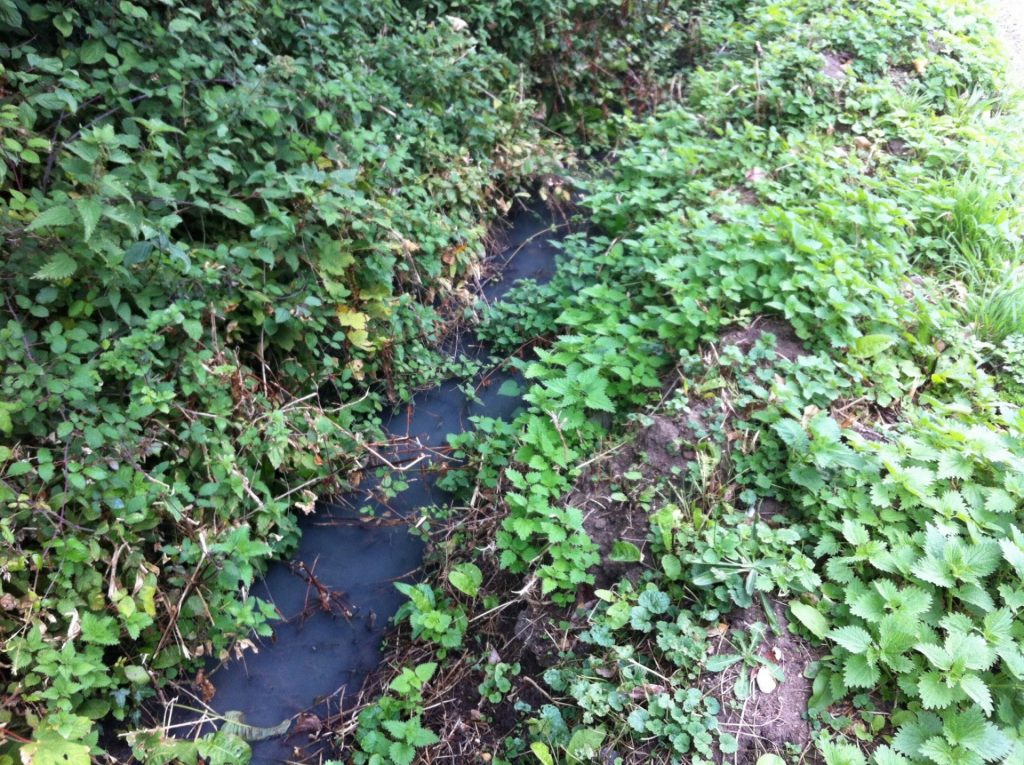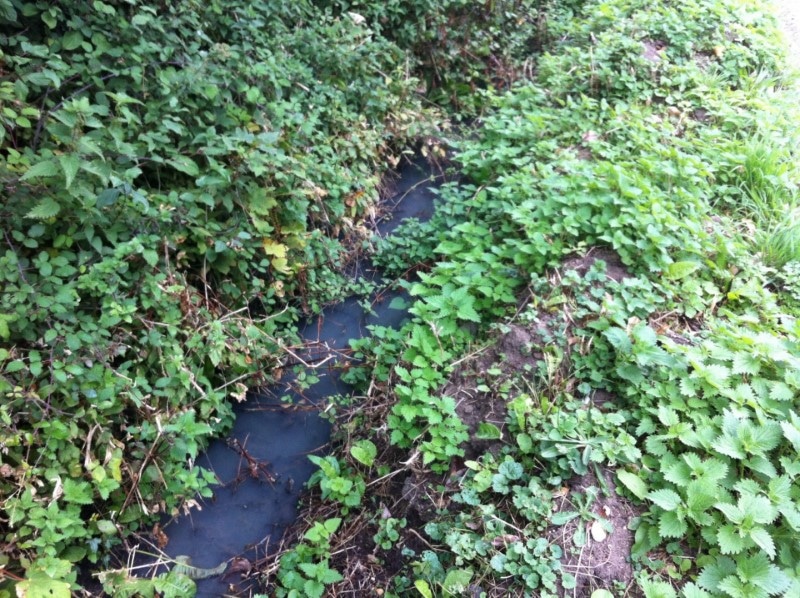
While the causes of leaking can be numerous, the following are the most common causes along with some pointers on how to correct the problem.
Trees located too close to the area can often lead to serious root issues that will affect the permeability of the raised mound drainage system. Roots are very serious and should be dealt with swiftly so as to prevent imminent damage from occurring. Many products on the market are designed to destroy root growth without killing the tree or dwindling down precious bacteria within the mound and soil field. RootX root killer is a preferred method for tree root removal since unlike many other products, RootX is non-corrosive and will not destroy piping or cement as what one might experience with other ingredients like copper sulfate.
The dirt surround and composing the mound, being packed too tight, is another area of concern that has to be addressed in a careful manner to make sure that this does not interfere with the processing of the waste. For new installs, assure that the contractor does not over compact the area. As a precaution, ask for references from other customers that have had a raised mound installed by the contractor. It is better safe than sorry since, unfortunately, most symptoms show up long after any type of warrant or guaranty has run out. Taking the needed time to not pack the dirt so tight, will be an excellent way of making sure that the raised mound is presenting all of the processing power that it can. This can often take a lot of the pressure on the system and in some cases; you will actually see an increase in the amount of waste that is processed through the system.
Excess water coming from the home is another culprit that can over tax a healthy system. When doing laundry, remember to do full loads and stagger them throughout the week as opposed to doing all your clothes in one afternoon. Washing just a few shirts or towels is also a big no-no since this is not conservative approach to water conservation.
Limit shower times to less than a few minutes. Long showers can run upwards of 50 gallons! Keep the shower times to a minimum and avoid multiple showers each day unless a medical condition warrants such activity. If you like baths, try doing without for a while since a little conservation can help the system recover and potentially save you tens of thousands of dollars.
If you have any other sources of high water use, try doing without. Wash the dog out in the yard – not in the tub. Avoid the big Jacuzzi if it drains into your system and fix any know leaks inside the home quickly. A small leak can add up to hundreds of gallons each week.
Of course, regular maintenance and inspection will play a role in how long your system remains functional. Be sure to have the system inspected at least once each year by a qualified septic system professional who is very familiar with raised mound system troubleshooting.
